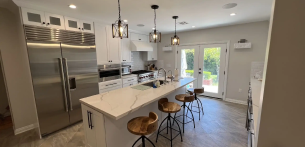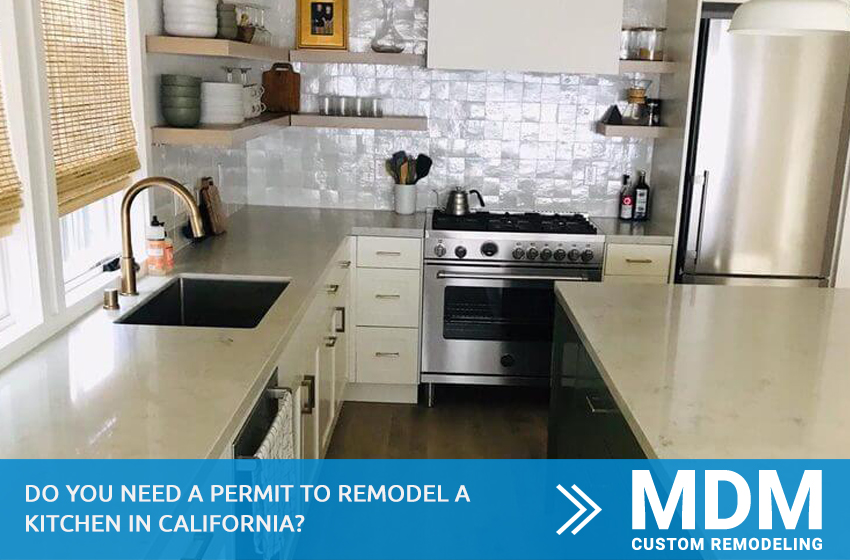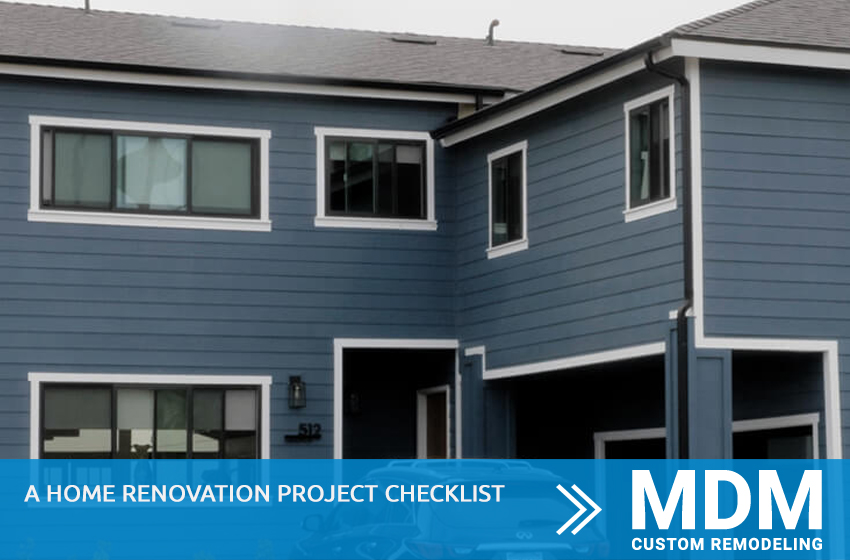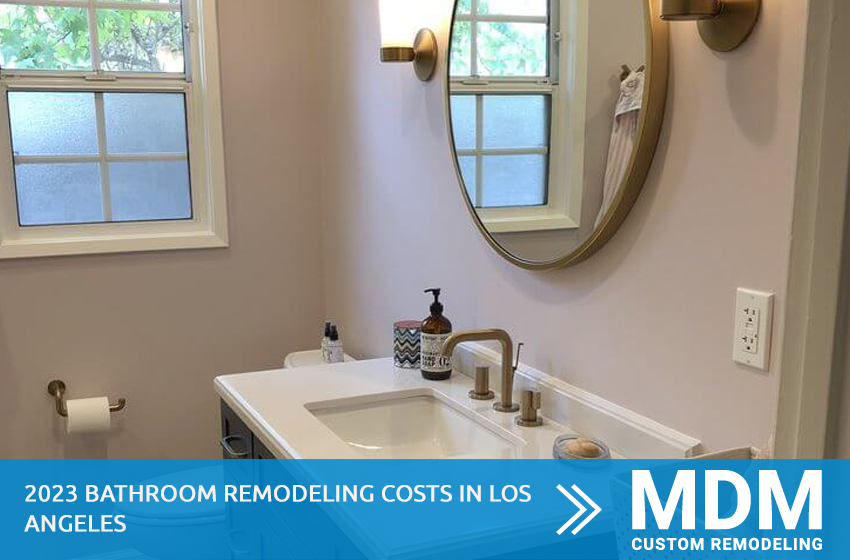
Tips on How to Find a Home Improvement Contractor Near Me
Home improvement projects can be a great way to improve the functionality, aesthetic, and value of your home. However, finding the right contractor to handle

Home improvement projects can be a great way to improve the functionality, aesthetic, and value of your home. However, finding the right contractor to handle

Enthusiastic about giving your dated kitchen a fresh look? We spend much of our time inside the kitchen preparing food, eating with family, or even

Preparing to kick off you’re first home renovation project? Whether you’ve decided to renovate a room or gut your whole house, the entire process can

Have you been thinking about changing up your bathroom? Maybe your family has grown and you simply don’t have enough room anymore. Perhaps your needs
License # 930166
Copyright © 2024. All Rights Reserved. MDM Custom Remodeling Inc | Los Angeles Remodeling Contractors | Privacy Policy
